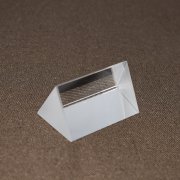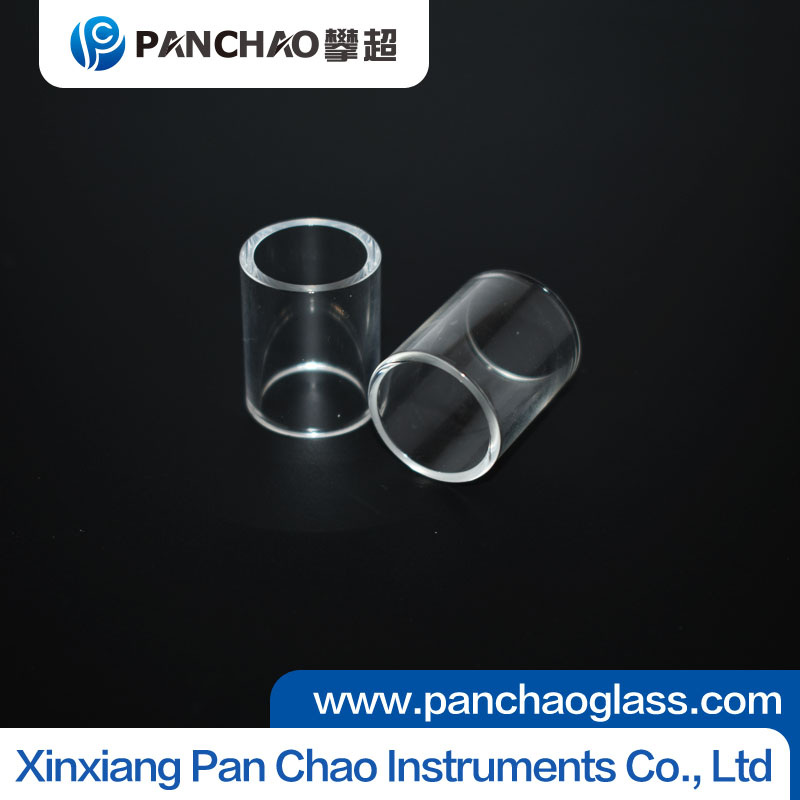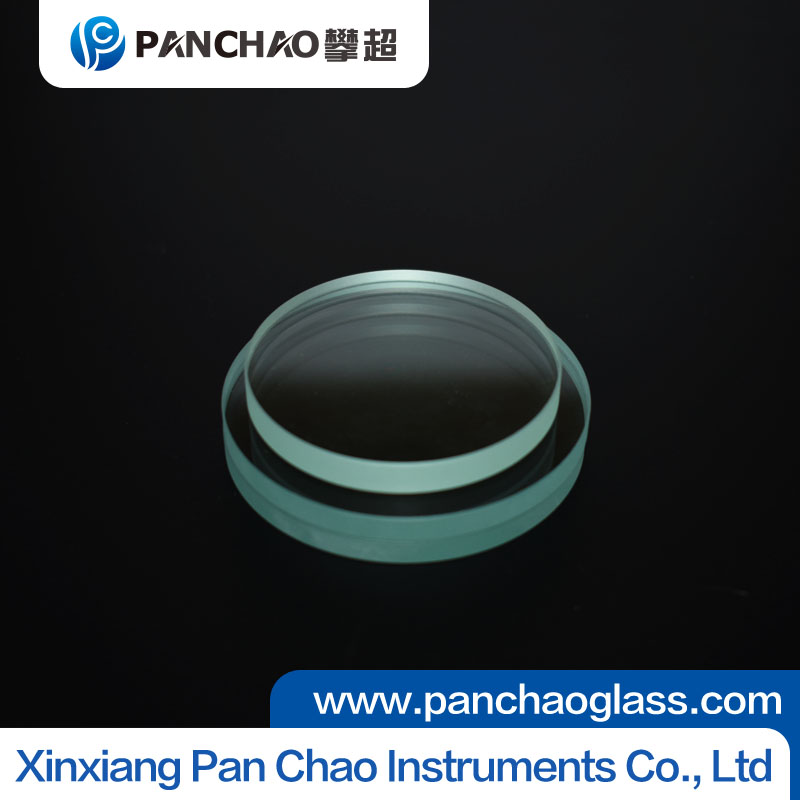
How Heat-Resistant Is Borosilicate Glass Tubing? Why It’s the Preferred Choice for Laboratories
Borosilicate glass tubing has become the standard material in laboratories worldwide due to its excellent combination of thermal, chemical, and mechanical properties. Among these, its heat resistance stands out as one of the key reasons it is preferred over ordinary glass.
Unlike soda-lime glass, which can easily crack when exposed to sudden temperature changes, borosilicate glass has a low coefficient of thermal expansion. This property allows it to withstand rapid heating and cooling cycles without breaking. In practical terms, borosilicate glass tubing can generally tolerate continuous use at temperatures up to 450°C, and short-term exposure to even higher temperatures.
In laboratory environments, where glassware is routinely subjected to open flames, hot plates, or autoclaving, this resilience ensures both safety and durability. Borosilicate glass tubing can be used for distillation apparatus, reaction vessels, or sample handling without the risk of sudden thermal failure. Its ability to endure temperature gradients also makes it suitable for precision instruments that require consistent reliability.
Another advantage is that borosilicate retains optical clarity even under heat stress. This allows scientists to visually monitor reactions, phase changes, or fluid movements without distortion. Combined with excellent resistance to acids, solvents, and most chemicals, it is a truly versatile material for demanding laboratory applications.
Of course, while borosilicate performs exceptionally well, it is not invulnerable. Exposure to extreme conditions such as direct contact with hydrofluoric acid or prolonged use above its recommended limits may degrade its performance.
In conclusion, the outstanding heat resistance of borosilicate glass tubing—combined with its chemical durability and optical clarity—makes it the material of choice for laboratories. It provides reliability under high-temperature conditions, ensuring both safety and accuracy in scientific experiments.
Related articles
- Can Tempered Glass Tubes Withstand High Pressure? Experimenta
- How to Customize Non-Standard Sight Glass Sizes: A Complete G
- Common Sight Glass Failures and Solutions: Fogging, Cracks, a
- Safety of Tempered Sight Glass: Burst Risks and Protective Me
- Sight Glass in Chemical Equipment: A Detailed Look at Corrosi
- High-Performance Sight Glass Materials: Quartz vs. Borosilica
- From Boilers to Chemical Tanks: The Critical Role of Sight Gl
- Industrial Applications of Sight Glass: The Transparent Guard
- Industrial Applications of Sight Glass: The Transparent Guard
- Tempered Glass vs. Regular Glass: What’s the Difference?

Xinxiang Pan Chao Instruments Co., Ltd.
Tel: +86 13343800331
Contact person:Carrie Niu
Fax: 0373 303 0331
Email:sales@panchaoglass.com






